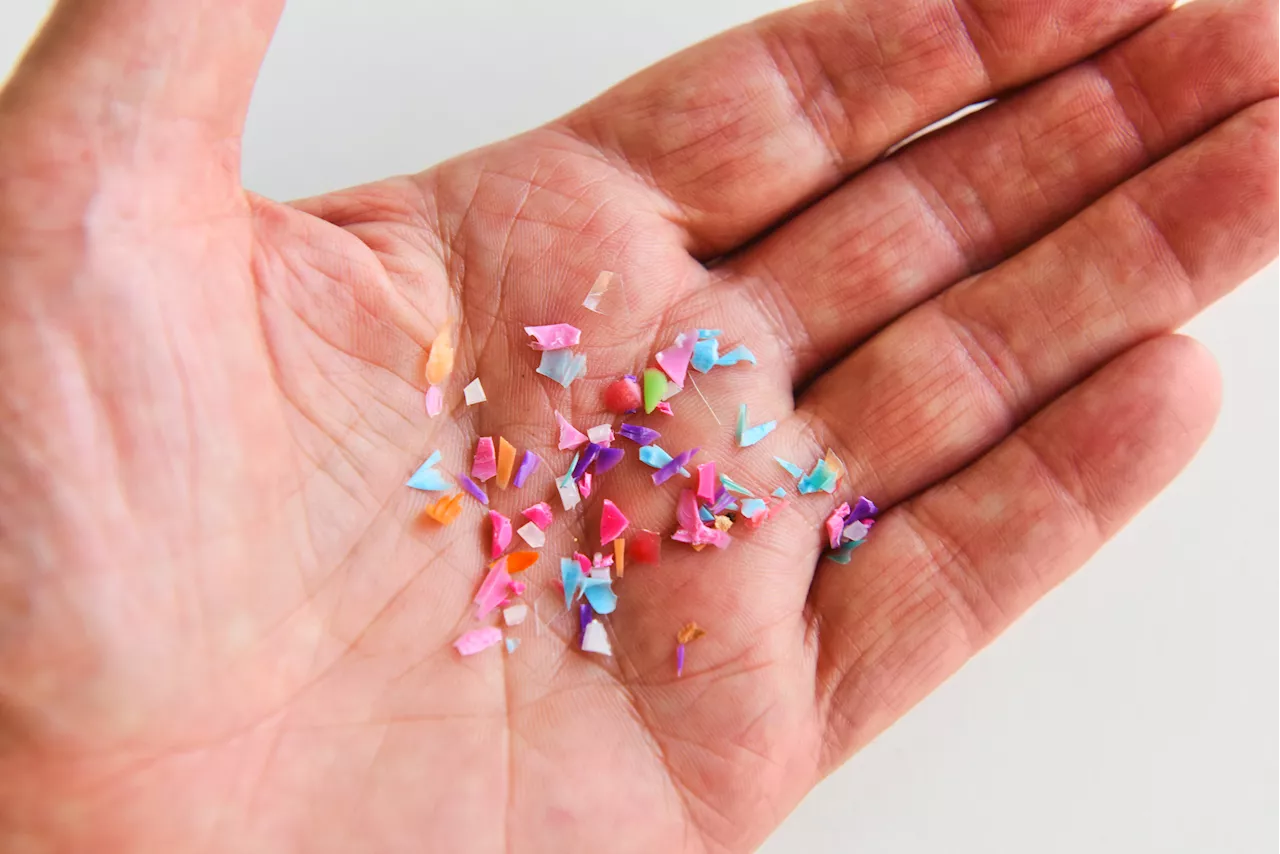This article explores the pervasive presence of microplastics in our environment and their potential health risks. It discusses their sources, the chemicals they contain, and the foods that are most likely to be contaminated.
Microplastics , tiny plastic fragments less than five millimeters in diameter, have infiltrated nearly every corner of modern life. From the air we breathe to the water we drink and the food we consume, they are everywhere — and nearly impossible to avoid.Research has increasingly linked these pollutants to serious health risks , including heart disease and lung disorders.
While completely avoiding microplastics may be unrealistic, experts shared with Newsweek practical steps you can take to minimize your exposure.What Are Microplastics?Microplastics are the plastic particles formed from the breakdown of larger plastic materials. They are surprisingly pervasive, shed from everyday plastics like packaging, synthetic clothing, vehicle tires and even kitchen cutting boards.'Microplastics are everywhere, including in the food we eat, the water we drink, and the air we breathe,' Abby Langer, a registered dietitian, told Newsweek.Their small size makes them easy to ingest or inhale, raising questions about their impact on the human body. While scientists are still exploring the full extent of these effects, early research has highlighted significant concerns.For example, microplastics often contain chemical additives such as Bisphenol A (BPA), phthalates, and polyvinyl chloride (PVC). Researchers warn that these substances can disrupt hormones, impair reproduction and increase cancer risks.Adding to these concerns, a study published earlier this year suggested that microplastics may also elevate the risks of strokes and heart attacks.Foods With the Most MicroplasticsA recent study by PlasticList highlights foods with the highest levels of plastic-related chemicals, such as phthalates. Even foods labeled organic are not necessarily free of microplastics. Common offenders include: Bottled Water: Found to have some of the highest levels of microplastic contaminatio
Microplastics Plastic Pollution Health Risks Environment Food Contamination
United States Latest News, United States Headlines
Similar News:You can also read news stories similar to this one that we have collected from other news sources.
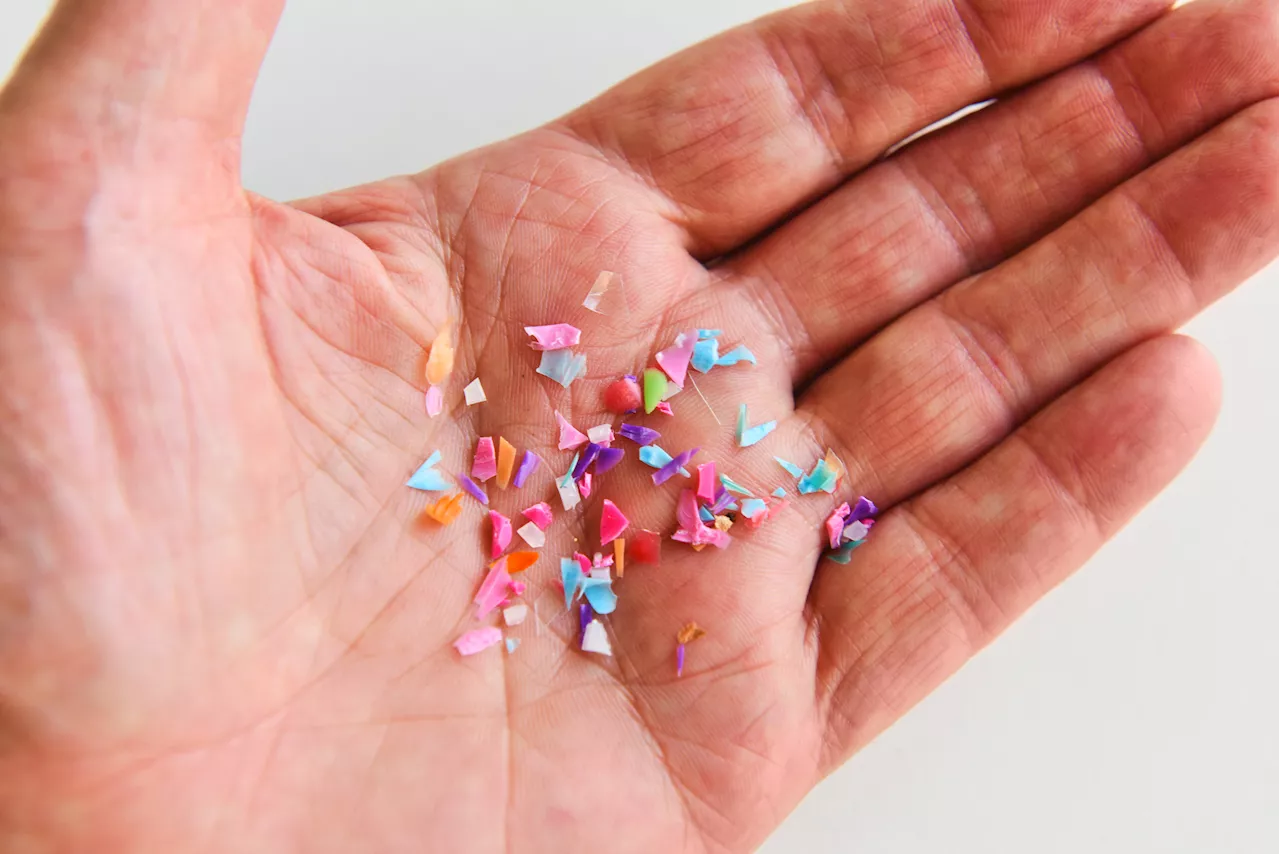 Microplastics: A Hidden Threat Lurking in Everyday LifeThis article explores the pervasive nature of microplastics and their potential health risks. It discusses how these tiny plastic fragments contaminate our food, water, and air, and highlights the link between microplastic exposure and serious health issues such as heart disease, lung disorders, and even strokes.
Microplastics: A Hidden Threat Lurking in Everyday LifeThis article explores the pervasive nature of microplastics and their potential health risks. It discusses how these tiny plastic fragments contaminate our food, water, and air, and highlights the link between microplastic exposure and serious health issues such as heart disease, lung disorders, and even strokes.
Read more »
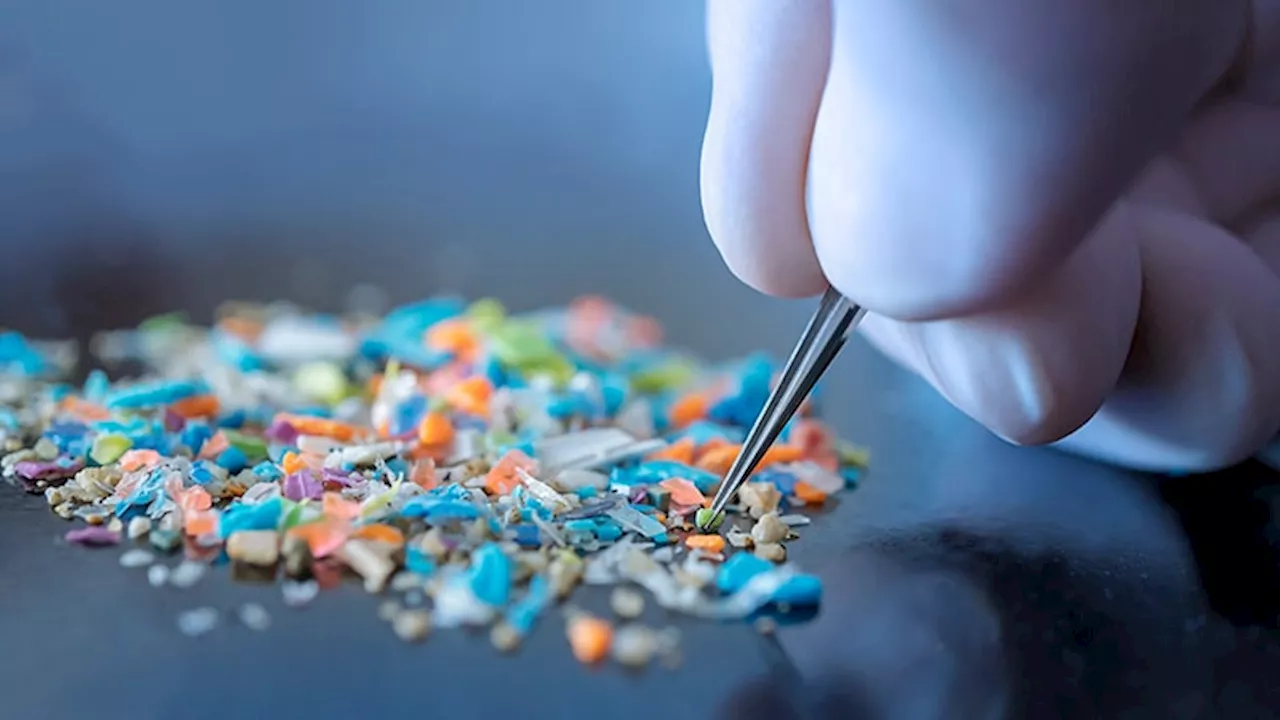 The Hidden Impact of Microplastics on Respiratory HealthEmerging research revealed how inhaled microplastics may harm respiratory health, with evidence of inflammation, lung lesions, and increased disease risk.
The Hidden Impact of Microplastics on Respiratory HealthEmerging research revealed how inhaled microplastics may harm respiratory health, with evidence of inflammation, lung lesions, and increased disease risk.
Read more »
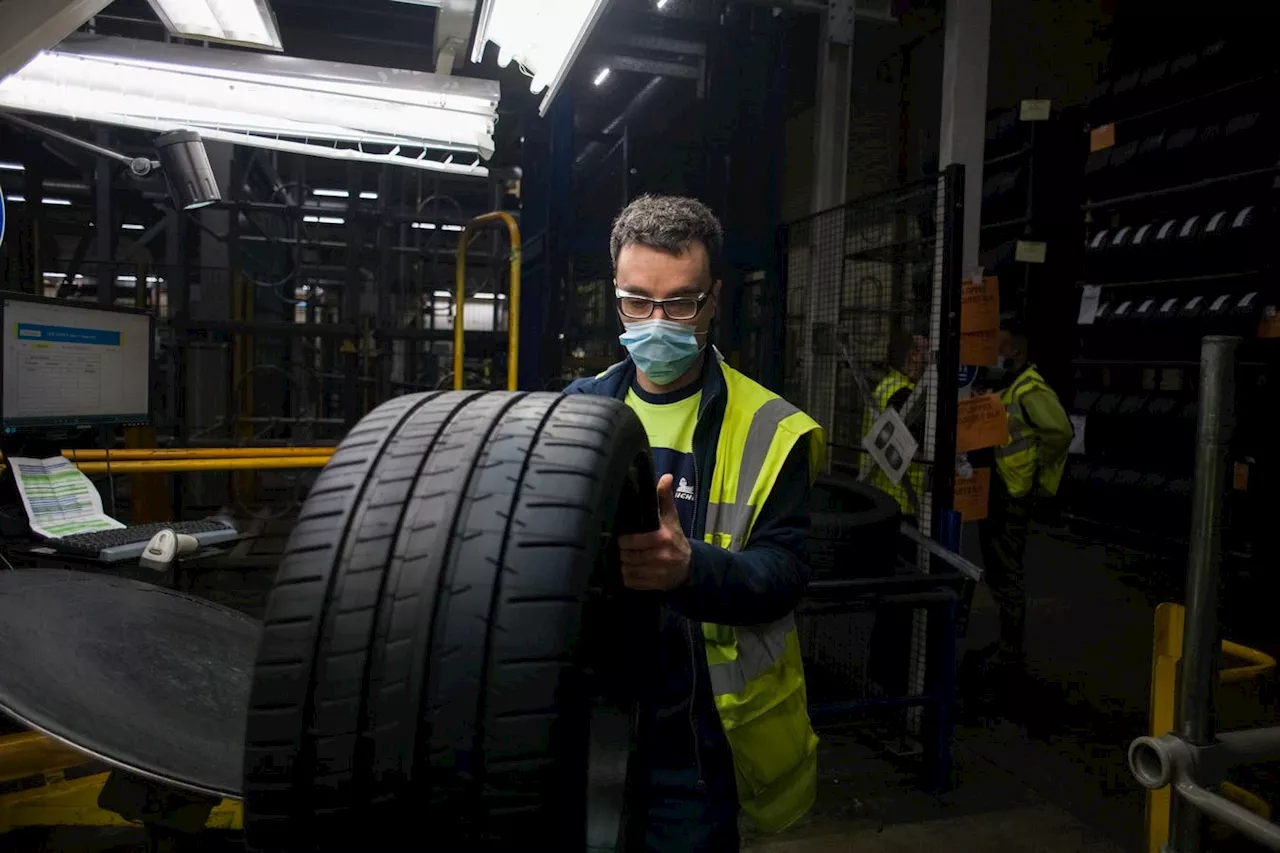 The Hidden Cost of Tires: Microplastics PollutionTires, essential for transportation, also pose an environmental threat by releasing microplastics into the air, soil, and water as they wear down. Studies estimate that tires lose significant amounts of mass during their lifetime, contributing to millions of tons of tire particles released annually, with a substantial portion ending up in the oceans.
The Hidden Cost of Tires: Microplastics PollutionTires, essential for transportation, also pose an environmental threat by releasing microplastics into the air, soil, and water as they wear down. Studies estimate that tires lose significant amounts of mass during their lifetime, contributing to millions of tons of tire particles released annually, with a substantial portion ending up in the oceans.
Read more »
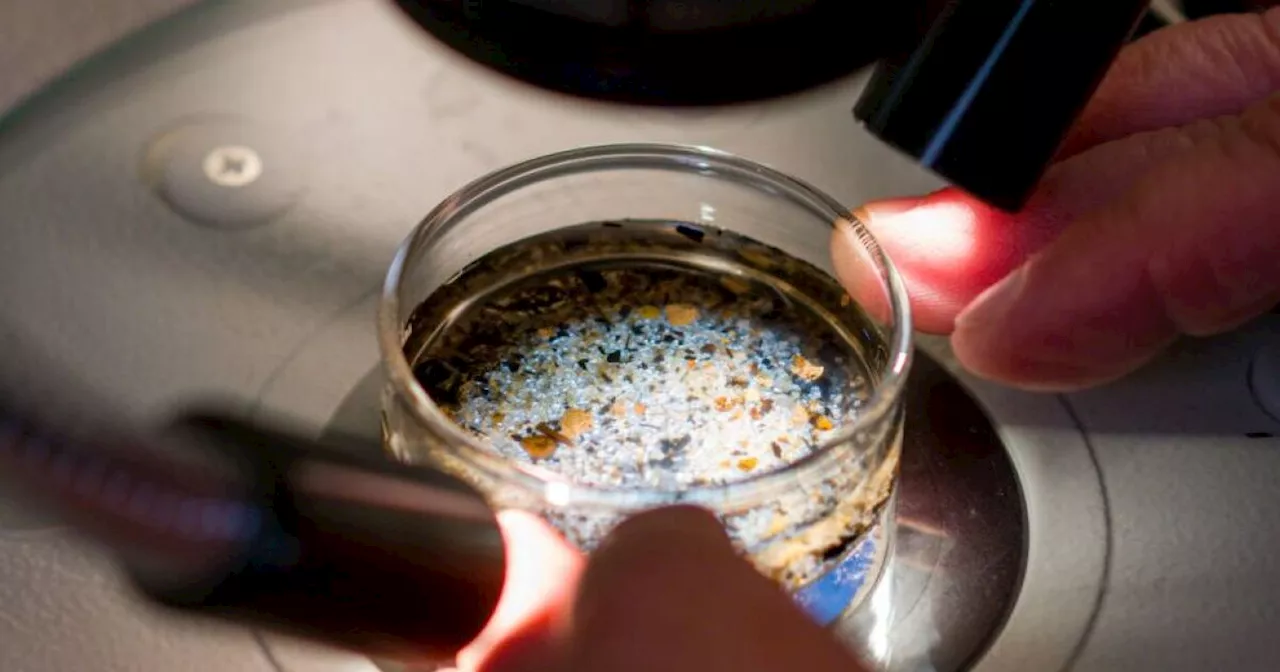 Microplastics: The Unseen Threat to Human HealthRecent research has revealed the concerning presence of microplastics and nanoplastics in the human body, raising alarms about their potential health impacts. While the field is still in its early stages, studies suggest these tiny plastic particles may pose risks to reproductive, digestive, and respiratory health.
Microplastics: The Unseen Threat to Human HealthRecent research has revealed the concerning presence of microplastics and nanoplastics in the human body, raising alarms about their potential health impacts. While the field is still in its early stages, studies suggest these tiny plastic particles may pose risks to reproductive, digestive, and respiratory health.
Read more »
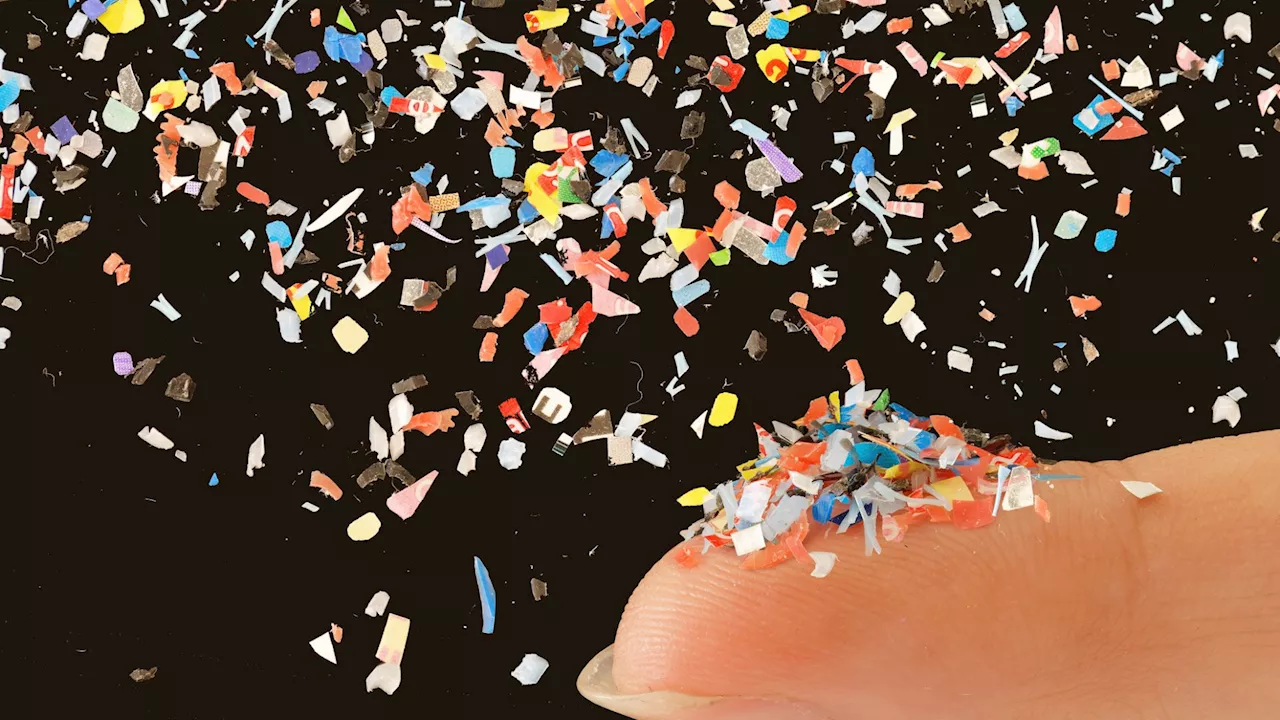 Microplastics: A Growing Threat to Human Health and the EnvironmentThis article explores the pervasive presence of microplastics in the environment and their potential impact on human health and climate.
Microplastics: A Growing Threat to Human Health and the EnvironmentThis article explores the pervasive presence of microplastics in the environment and their potential impact on human health and climate.
Read more »
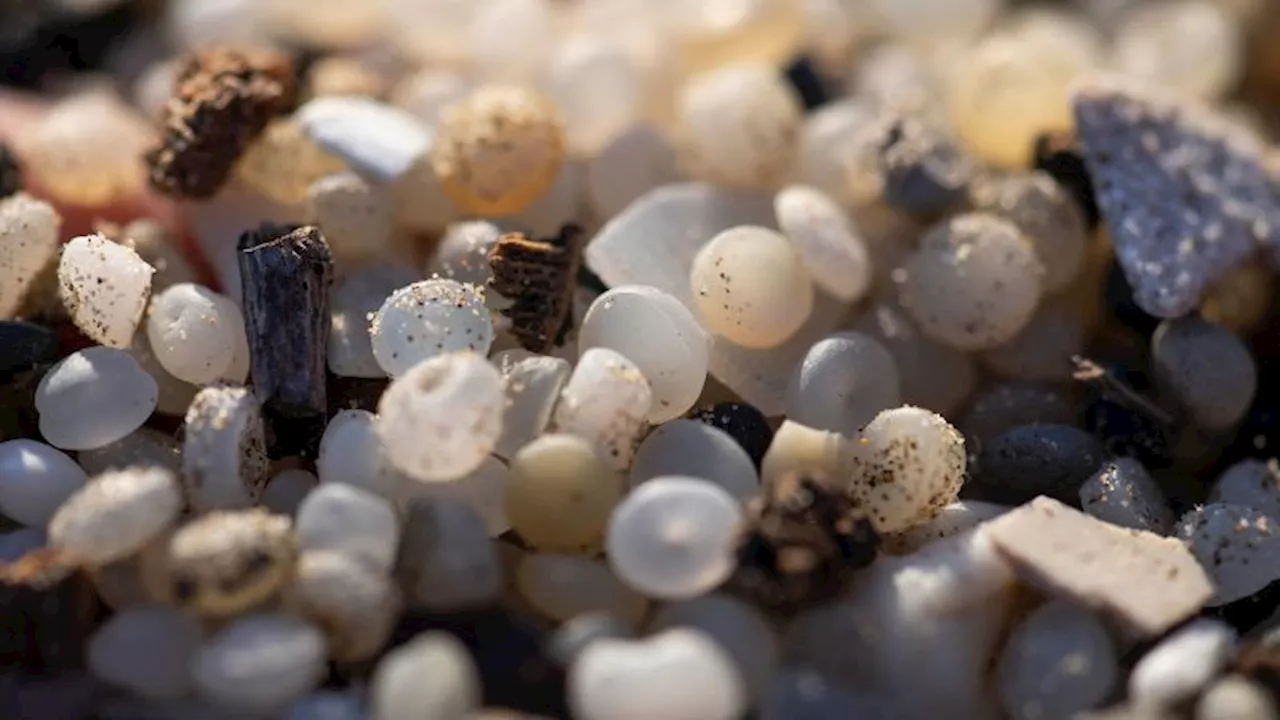 Biodegradable Sponge Made from Squid Bones Offers Hope in Fight Against MicroplasticsA new biodegradable sponge made from squid bones and cotton has shown promising results in removing microplastics from water. This innovative solution could help address the growing global problem of microplastic pollution.
Biodegradable Sponge Made from Squid Bones Offers Hope in Fight Against MicroplasticsA new biodegradable sponge made from squid bones and cotton has shown promising results in removing microplastics from water. This innovative solution could help address the growing global problem of microplastic pollution.
Read more »
